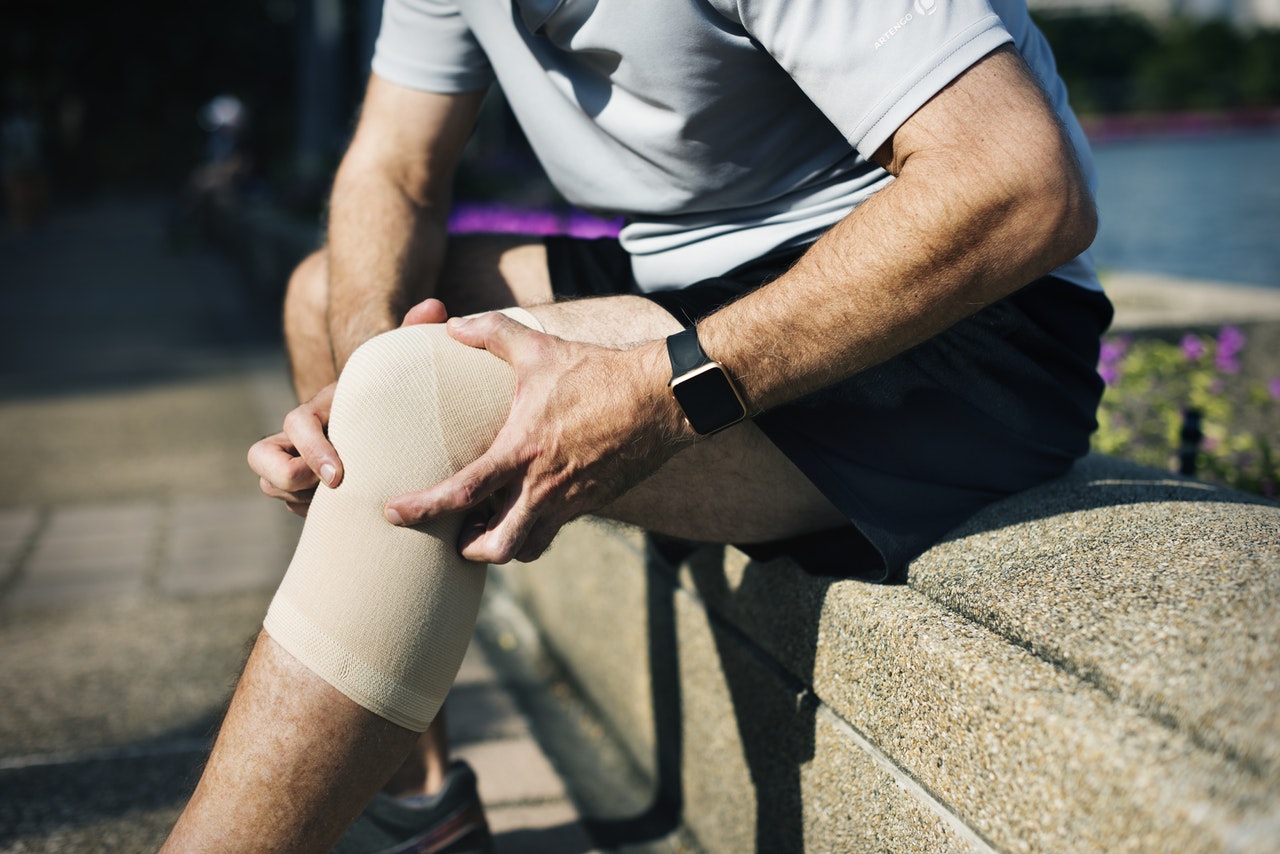Running injuries are quite common in runners and athletes. Running is incredibly good for your health but the repeated movements can put a strain on your body. Research shows that more than 50% of long-distance runners get injured on a yearly basis.
Some of the most common running injuries are:
- Runner’s knee – A pain or tenderness in or around the kneecap area
- Achilles tendinitis – This injury happens when the 2 major calf muscles come under a lot of stress
- Hamstring issues – Hamstring injuries and pain is common among runners and all sorts of athletes.
- Plantar fasciitis – This injury involves small tears and inflammations of tendons that cause pain or a dull ache on the arch or heel.
- Shin splints – This refers to tears happening along the shinbone
- Stress fracture – Running can cause tiny cracks in the bone which is caused by repeated pounding with great force.
How to prevent running injuries?
Injuries are common and also inevitable at times. Following tips will help prevent most of these injuries:
- Warm-up before you run
Stretching is not the answer to all injury problems but it helps with the warm-up and flexibility. Stretching should be a part of your exercise routine but not something you do only before running on a treadmill or outdoors. You need some kind of warm up before you start to run, especially if you are coming from prolonged hours of sitting (which is quite common with the office job these days).
- Incorporate strength training
Strong muscles, ligaments, and tendons will greatly reduce your chances of getting injured during running. It is important to build all of your muscle groups instead of focusing on just one or two. Strength training includes exercises like weight lifting, inclined running, or plyometrics. Research confirms that strength training can reduce more than half of overuse injuries in sports.
- Hydration
Did you know that just 3% dehydration can adversely affect your mood and cognitive performance? It results in thicker and concentrated blood that leads to poor cardiovascular performance. High level of dehydration can lead to runners getting faint or collapse. This is usually observed at the end of marathons or long distance races but even a low level of dehydration can lead to serious health problems. So, it is important to keep yourself hydrated throughout the day (because dehydration will also affect the recovery process).
- Use the correct running gear
Don’t underestimate the importance of correct running gear. Running gear, especially the right running shoes are very important. Choose shoes that are made for the purpose of running. Also, remember that a new pair of running shoes has a life of 500 miles and should be discarded after that. Moreover, wearing the wrong shoes can exacerbate already existing problems in your body like flat feet.
- Take it slow and steady
No matter how healthy, you shouldn’t be aiming to run long distances right from the word go. Gradually add more miles, duration, and speed to your running. An ideal increase could be 5-10% in duration and intensity per week. If you are doing too much too soon, your weak muscles will collapse and there are very high chances of a permanent injury. Even if you are fit, research suggests that exercise in moderation is better than strenuous workouts.
How to deal with running injuries
Most running injuries do not develop in a day. You can prevent the risk of major injuries by paying attention to minor injuries or pain. You cannot keep pushing when something in your body does not feel right. It is not the right way to handle an injury as it will aggravate the issue and make it worse to the point when the damage is irreversible.
- Find the cause of the pain
Running injuries often go unnoticed until they get big enough to cause unbearable pain in some part of the body. Do not ignore any sudden pains and do not think you can “work” through it. Instead, try to understand where the pain is originating from and what could have led to it. Is it because of your running form? Are you putting too much impact on your heel? Are you not giving enough time to your body to recover? Did you twist your ankle while running?
There can be many reasons for your pain and if you can take care of the reason, get enough rest and diet; the pain and injury will heal in a matter of days.
- Ice properly
Icing can help repair tissue damage and inflammation very effectively. The proper ice application should be CBAN (cold, burn, ache and numb). Never place ice directly on your skin and use a thin fabric to shield the skin from ice.
- Re-start slowly
If circumstances are calling for you to take a short break from running or any other form of exercise, then don’t try to fight through it. Do not take unnecessarily long breaks because you will start to get back into your comfort zone and find it hard to get back on track. Remember that when you cannot run, you can walk and when you cannot walk, maybe you can work out on a stationary cycle. There is always a light form of exercise that you can do to keep yourself active, feeling good and prevent rusting.
Moreover, when the doctor finally gives you the go ahead, you will still be in good form physically instead of having lost all your stamina. When you have the opportunity to re-start, take it slow. Overdoing the running can put you on the bed again. Remember, some running is better than no running. Take baby steps and build yourself slowly.
Last but not least, it is good to work on your running gear or running form to deal with an underlying cause, but do not try to treat all pains or injuries yourself. Always refer to a qualified doctor or physiotherapist for proper diagnosis and treatment.
















